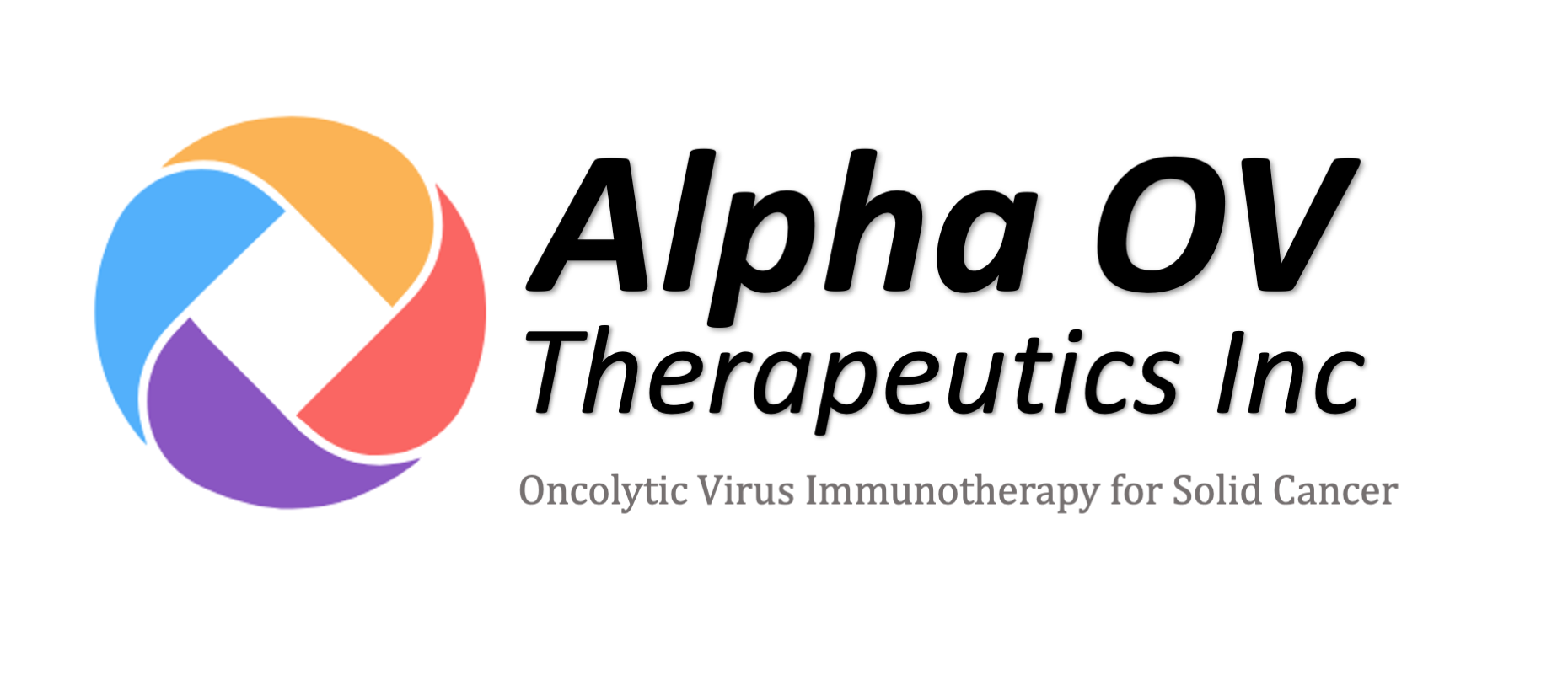At the JPMorgan 2025 Healthcare Conference, the field of oncolytic virus (OV) therapy is poised to be a significant topic, as the technology continues to gain attention for its promising potential in cancer treatment. Here’s a summary of the current and future progress of oncolytic virus therapies based on recent trends and discussions likely to take place during the conference:
Oncolytic Virus Therapy: Future and Progress
Oncolytic viruses are naturally occurring or genetically modified viruses that selectively infect and destroy cancer cells while stimulating the body’s immune response to fight the tumor. This therapy represents a cutting-edge approach in cancer treatment, with substantial ongoing research and clinical trials focused on improving its efficacy and expanding its applications.
1. Clinical Advancements:
• Current Clinical Trials: Several oncolytic viruses are in clinical trials for various cancers, including melanoma, lung cancer, and solid tumors. Notably, the success of T-VEC (Talimogene laherparepvec), a genetically modified herpes simplex virus, has shown significant promise in treating melanoma, leading to increased interest in further development.
• Combination Therapies: Oncolytic virus therapy is increasingly being explored in combination with immune checkpoint inhibitors, immunotherapies, and other targeted treatments. The synergy between oncolytic viruses and immune checkpoint inhibitors has the potential to enhance the immune system’s ability to recognize and destroy cancer cells.
2. Technological Innovations:
• Genetic Engineering: Advances in genetic engineering allow researchers to modify oncolytic viruses to be more effective, safer, and capable of targeting specific cancer cells. For instance, modifying the virus to carry therapeutic genes or enable it to better interact with the immune system holds great potential.
• Personalized Medicine: The future of oncolytic virus therapy may involve more personalized treatments, tailoring virus-based therapies to the genetic makeup of individual patients’ tumors for enhanced efficacy.
3. Regulatory Approvals:
• FDA Approvals and Pending Applications: The regulatory landscape for oncolytic viruses is becoming more favorable, with the FDA’s approval of T-VEC marking a milestone for the field. At the JPMorgan 2025 meeting, companies working on oncolytic viruses may discuss their progress toward gaining approval for other virus-based therapies.
• Accelerated Pathways: Companies will likely highlight their work with the FDA’s Breakthrough Therapy Designation and Fast Track status to speed up the development of oncolytic virus-based treatments, particularly for rare cancers and unmet medical needs.
4. Challenges and Opportunities:
• Safety and Efficacy: One of the challenges remains ensuring the safety and selective targeting of oncolytic viruses to minimize harm to healthy cells. Companies will discuss innovative solutions to overcome these issues, such as using viral modifications to prevent the virus from attacking non-cancerous tissues.
• Manufacturing and Scalability: Oncolytic virus production can be challenging. Innovations in manufacturing processes and the ability to scale up production will be critical to making these therapies widely accessible and cost-effective.
• Cost and Accessibility: The cost of oncolytic virus therapies is still a key consideration, particularly as new treatments emerge. At the conference, strategies for reducing costs, such as using viral platforms that can be more easily mass-produced, may be explored.
5. The Road Ahead:
• Next-Generation Oncolytic Viruses: Researchers are working on creating next-generation oncolytic viruses that can attack cancer cells more efficiently, overcome the immune system’s response to the virus, and potentially treat a wider range of cancers. These new viruses may have dual mechanisms—not only killing tumor cells directly but also generating a strong anti-cancer immune response.
• Global Collaborations: At JPMorgan 2025, expect discussions about strategic partnerships between biotech firms, pharmaceutical giants, and academic institutions, all aiming to fast-track the development of oncolytic virus therapies and bring them to patients more rapidly.
Conclusion:
The oncolytic virus therapy landscape is evolving rapidly, with significant breakthroughs in both clinical applications and technological advancements. As the therapy moves from clinical trials to broader adoption, it holds the potential to revolutionize cancer treatment. At JPMorgan 2025, key players in this space will showcase their innovative therapies, discuss collaborations, and reveal exciting plans for overcoming challenges related to safety, efficacy, and scalability.
Oncolytic viruses, as part of the broader immuno-oncology wave, will likely continue to be one of the most promising areas for the future of cancer treatment, with the next few years expected to bring game-changing developments in this field.


Leave a Reply